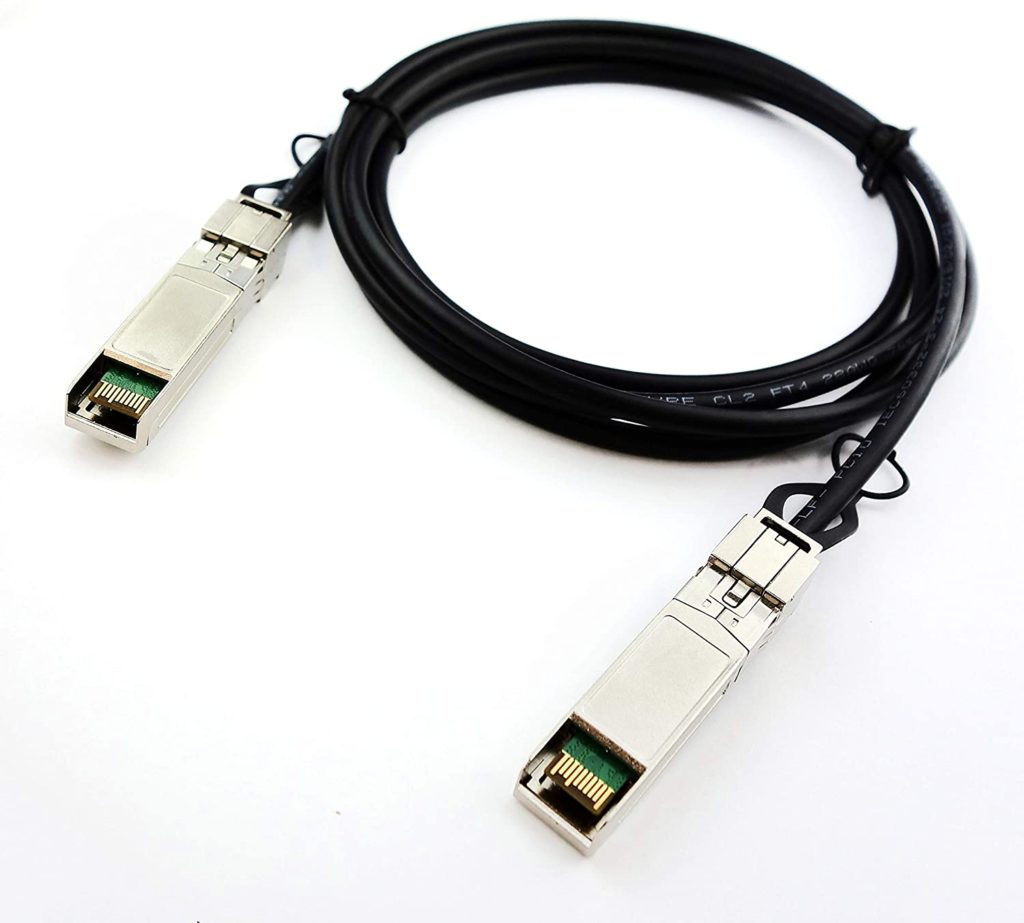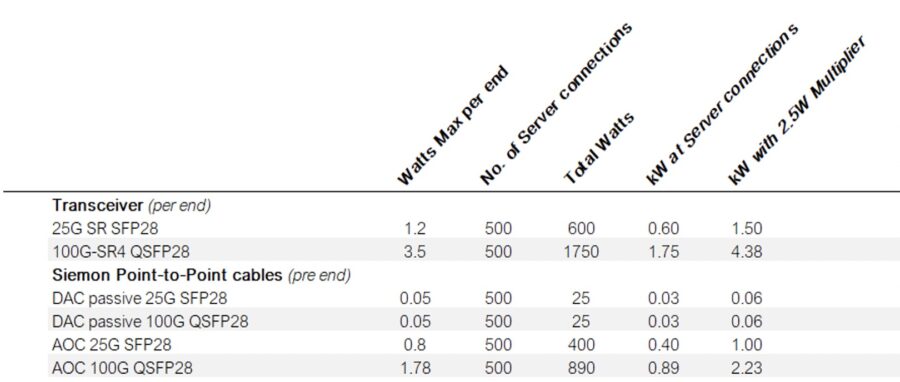Direct Attach Copper And Active Optical Cables: The evolution of business approaches and work patterns has secured high speed networks and data centers as the fulcrum of critical operations for organizations around the world.
Modern data centers can enable companies to scale up existing capabilities while also supporting a range of new applications, including e-commerce, remote devices, digital services, usable data, artificial intelligence, and the list goes on.
When planning your next data center upgrade take a closer look at the cabling.
There are lots of ways to make network connections using a variety of cabling options, however, not all connections are created equal.
As the demand for access to information continues to grow so does the importance of understanding and correctly incorporating these High-Speed Interconnects within your architecture designs to achieve the best business outcomes.
Some can offer greater value. This is especially true for down-link connections in switch-to-server and storage applications in the data center.
Choosing a complete point-to-point cable assembly that already has the pluggable connector attached, such as Direct Attach Copper (DAC) or Active Optical Cables (AOC), has noteworthy advantages compared to using optical transceivers with fiber optic jumpers.
These savings can be seen across both deployment and operational costs.
When making a server connection, selecting a high-speed interconnect assembly for your point-to-point connection can offer significantly lower upfront costs compared to using a pair of transceivers with jumper cables.
One transceiver end is approximately 2-3x the total cost of a point-to-point (DAC or AOC) alternative.
This price saving can quickly add up when deploying server systems in volume, although the initial component cost is not the only place where you can achieve savings using this approach.
Consider that the transceiver ends still need a fiber optic cable to connect between. Using a complete cable assembly can save a lot of time, removing the need for confirming the correct fiber optic cable type and transceiver-to-transceiver compatibility.


As a complete assembly, the point-to-point DACs and AOCs allow users to easily find the right solution for connecting each end of their network equipment.
These assemblies are also factory terminated inside of the pluggable housing and factory tested giving users peace of mind about their quality and performance capabilities.
In addition, they reduce the complexity in down-link connections by eliminating the number of unnecessary connection points.
Understanding these different cable options and where each of these options are best suited is an important step in achieving maximum ROI.
In addition, point-to-point cables consume less power. The DACs draw practically zero power compared to a transceiver that consumes over 1W per end.
The higher the speed and density the more power required to maintain performance.
Transceivers have lasers designed to get the light to the other end and compensate for link-loss created with multiple connections in the data center.
The AOC also utilizes lasers, but it consumes less power than transceivers. This is because the AOC is purpose built with optimal active chips that don’t require consideration for link-loss.
Numerous data center studies on “energy logic” show a multiplier effect where saving one watt at the server level can save over 2.5 watts at the data center level.
If you are deploying hundreds of server connections, implementing a server power management strategy can provide significant long-term power savings.

The chart above shows a power usage comparison of 500 server connections using point-to-point cables vs. transceivers. (Graph: The Siemon Company)
In today’s high-speed data centers, servers make up a large proportion of the total power consumed.
Choosing point-to-point cables at the server level instead of transceivers can quickly provide measurable energy savings.
The AOCs do not provide energy savings as quickly as the DACs but when considering the multiplier effect, it does not take long to achieve a 1kW energy saving by deploying point-to-point cabling options at this level.
It is important to understand that these high-speed interconnect cables are not ideal for every data center application.
For example, multi-connection fiber trucking and patching would be the best choice when you are connecting network equipment located in a different room or if the cabling is hard to access.
Ideally, the point-to-point cables are best suited for environments where the network equipment is within the same room.
In addition to making server connections, these assemblies can also be used for switch uplinks in lengths reaching 30 meters and below.
They are most commonly used within the data center cabinets connecting compute to the network with lengths up to 3 meters.
Understanding these different cable options and where each of these options are best suited is an important step in achieving maximum ROI.
They all contain strengths and weaknesses that significantly impact the overall goals of a new deployment or the expansion of an existing data center.
When planning your next data center project make sure to factor your high-performance cabling approach into your planning and reach out to a cabling specialist like The Siemon Company to assist you.






